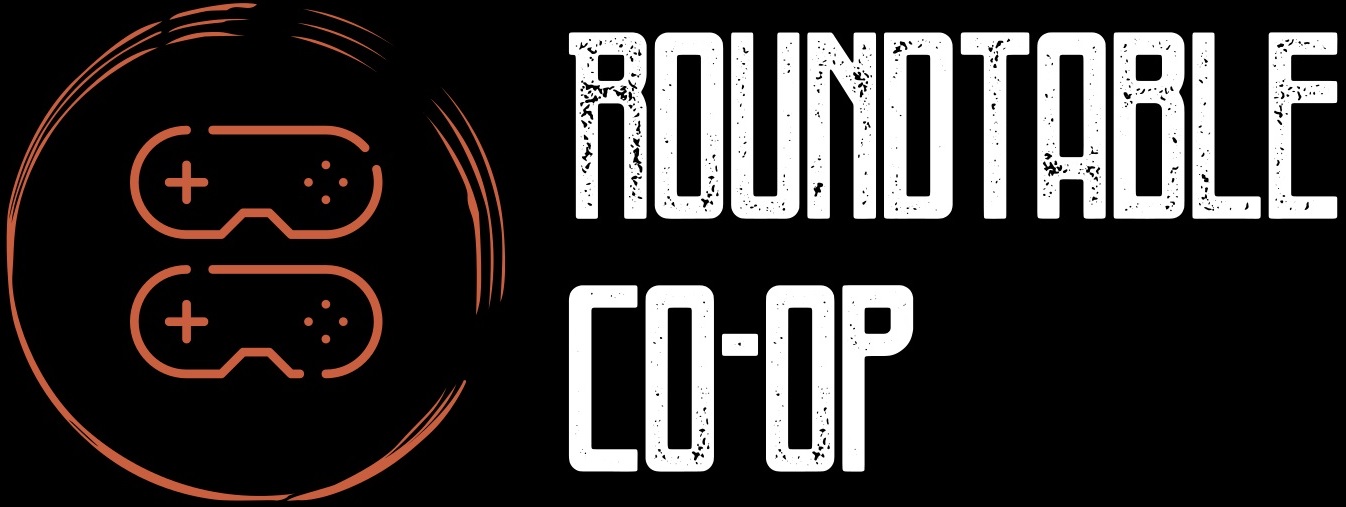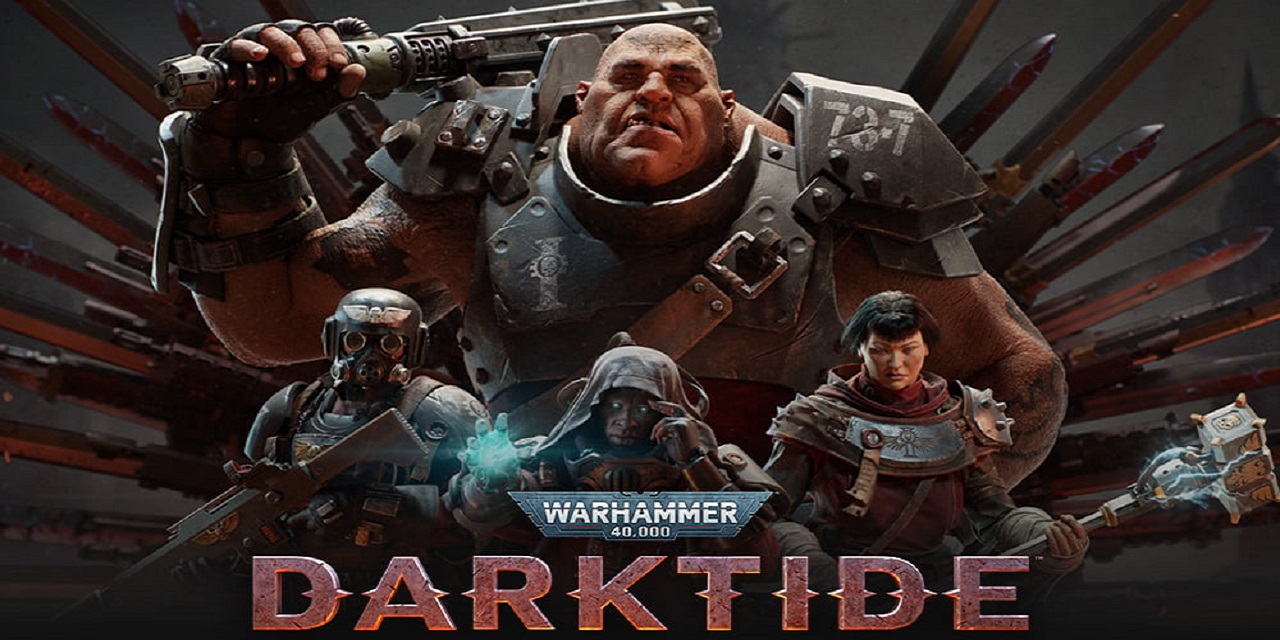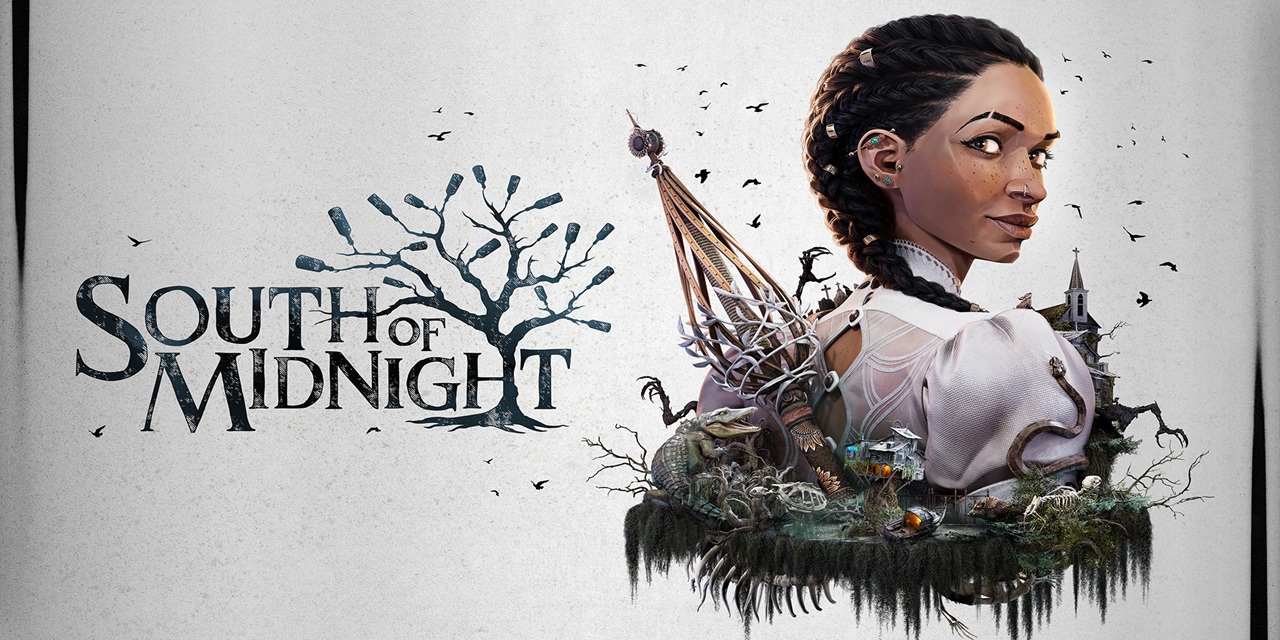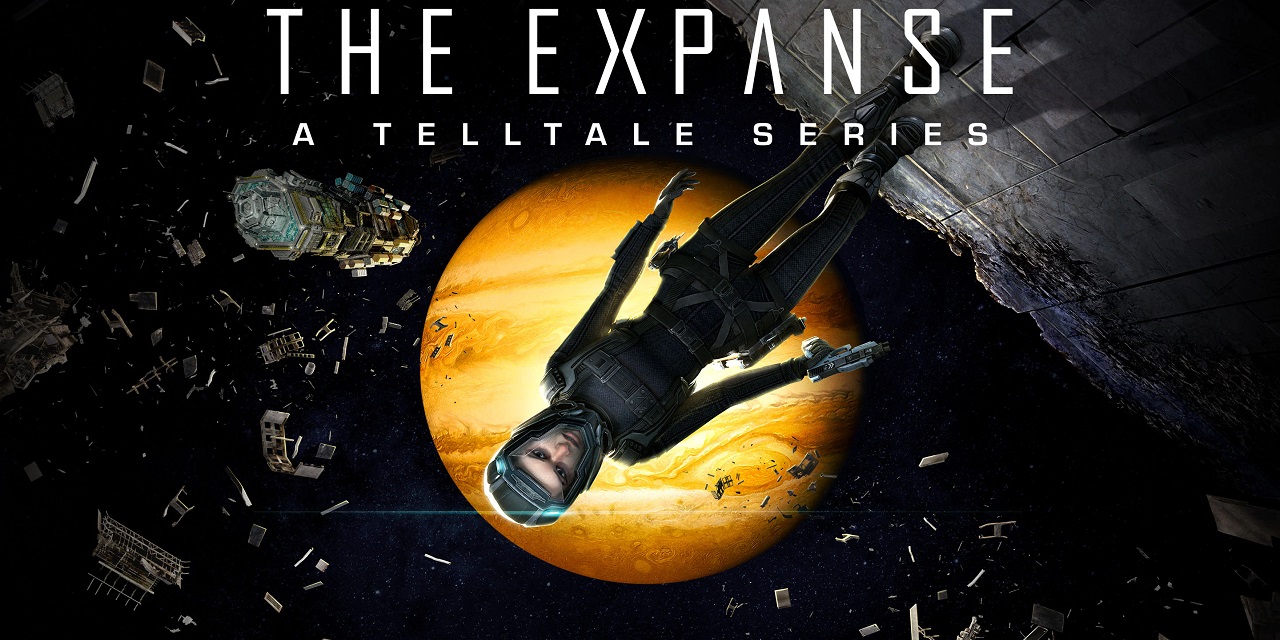Warhammer 40,000: Darktide is an intense 4-player co-op action game from Fatshark, makers of the acclaimed Vermintide series of games. Vermintide 2 took the best co-op game mantle away from Left for Dead for me, so I was keen to see how Darktide compared. I’m pleased to say it takes the frantic action combat from the previous games and drops us into an incredibly detailed and dark 40K underworld with a good balance of powerful melee attacks and ranged weapons that have limited ammo.
In the depths of the hive city of Tertium, the seeds of corruption threaten to turn into overwhelming darkness. From boiling industrial factories to the decaying water maintenance zone afflicted by constant acid rainfall – Tertium Hive is a brutal and unforgiving place even at the best of times. A mysterious and sinister new force is seeking to take control of the entire city, and it is up to you and your allies in the Inquisition to root out the enemy before the city succumbs to Chaos. Our role is to serve the Inquisition by embarking on missions to exterminate the threats lurking in the depths of the Hive City or die trying.

Where in Vermintide 2 we had a set list of pre-built characters we could play and customise their items, Darktide 2 has a full character customisation and background system. You can customize a range of character features such as their face, scars, tattoos, height, and more. Then you need to choose from various background choices such as your home world, childhood upbringing and a defining moment. At first, I questioned why we had this amount of choice in a game like this, but Fatshark have done this as your character’s origin and voice affects your personality and therefore what phrases your character will say in-game.
There are four archetypes to choose from and each archetype features one class at launch. Fatshark have stated they built Darktide with longevity in mind and will release more classes at a regular cadence. At present we have the Psyker: Psykinetic, Veteran: Sharpshooter, Zealot: Preacher and Ogryn: Skullbreaker. Each class has unique traits and skills, which you’ll use to fight off endless waves of enemies. The Ogryn is a huge ogre-type character with prodigious strength, smashing punies as he charges forward. My favourite was the Zealot: Preacher using a sword with bonuses to cleave and then either a lasgun or an assault rifle. In the mission loading screens, characters sit on a drop ship casually chilling before the battle. I loved how Ogryn sits there counting his fingers.

Missions are intense with decent variation initially; however, they did get repetitive if you played in longer sessions. Each mission lasts around 20-25 minutes, and I would play in 1–2-hour blocks and felt that was enough until the next evening. In the mission selection screen, you can see several tier 1-4 missions, with most locked off due to your level and gear rating. There is a quickplay option that will put you into the next available game based on your tier selection. You can run a mission solo, and it will add in three bots. The bots have decent enough AI to get you through a mission, however what I really liked was that other players will hop into your game and take the place of a bot. The game offers in-game voice chat and a chat box to type your thoughts if you are unable to use comms.
There are plenty of intense moments when hordes rush your position, and these require good teamwork to survive. At times we had players running ahead in a rush and they usually found themselves quickly overwhelmed. It was also interesting that if a team member dies, their body is sometimes put ahead of your current position and in need of reviving. This meant you really had to work together in order to protect the person reviving, so it’s important to stay as a team and move as one. Your armour does not replenish either unless you’re near your team which adds more weight to moving as one.
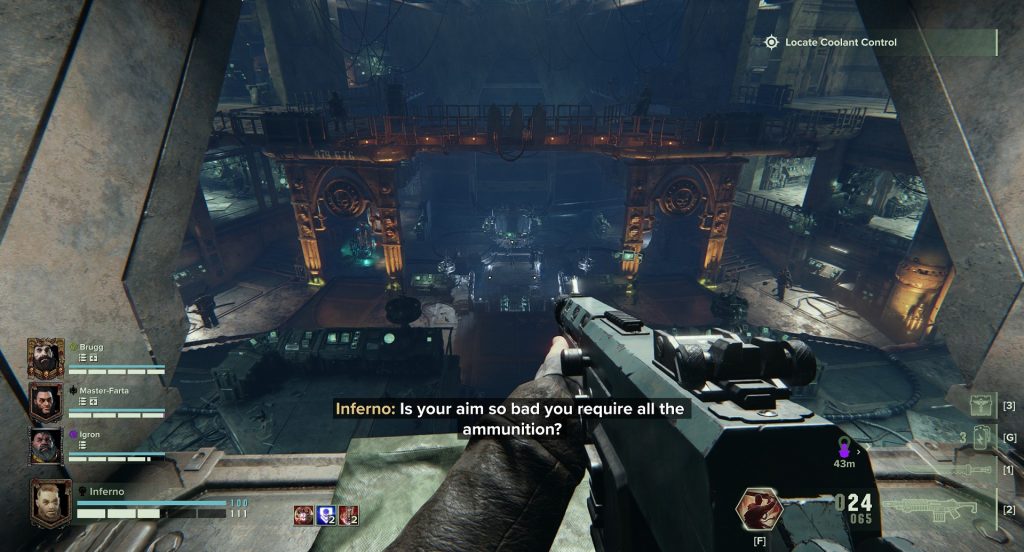
Guns look, sound and feel solid, and what was interesting is how the enemy switches from ranged to melee. Some will start sniping at your position, often with devastating accuracy so you will need to move from cover and close the gap. As you do so, the enemy will also move position and as you get close, will pull out a melee weapon and start swinging. You don’t see this fluid combat often in games like this. Ammo is scarce but not spread too thin. Utilising the ping system helped teammates to know where ammo was. Occasionally my character would pipe up and say something along the lines of ‘is your aim so bad you require all the ammunition’ when someone picked up ammo that another character needed more. It was these types of comments and banter during the missions that gave me a chuckle in between the intense fights.
The games music is outstanding and has a real goth mood to it that suits the scenes around us and pumped us up for the action we were about to face. The environments we get to explore are beautifully detailed with huge, towering spires, dank underground sewers and monstrous chapels. I often stopped to marvel at the environment designs but a guttural roar in the distance, a slap across the back of the head from an enemy, or a sharp quip from voice comms got me back to focus.

Where the game really shined for me was with melee combat and communication with my team over voice comms. Often you are faced with swarms of enemies, and there was nothing better than standing at a choke point or on top of a ledge, swinging a long sword back and forth chopping heads off left right and centre. Fellow Roundtable Co-Op founder Johnny also enjoyed the Zealot, but his weapon of choice was a two-handed hammer. I certainly preferred my sword to have the cleave bonus on it which did more damage to nearby mobs, but each weapon you can purchase with credits has benefits that will suit your playstyle.
Cosmetics for your clothing slots and weapons are a great aspect of the game. In the pre-order beta period, cosmetics were slow to come by and we would see the same looking Zealots and Ogryns as we progressed. Slowly though we unlocked some item customisation through earning in-game achievements and rewards for progressing our levels and the ‘Path of Trust’ storyline. Customisation offers a great way to make your character stand out and bring your uniqueness to this Warhammer world.

You can also utilise the crafting system to upgrade your weapons as opposed to just swapping them out as you earn money. You have access to five actions as part of the crafting systems at the Shrine: Consecrate, Earn Blessing, Combine Blessings, Re-Bless, and Refine Item. I often would see a better sword available to buy, however I couldn’t give up the cleave bonuses on my current one. With the crafting system, I can hold onto it now and make it more powerful using reserves of Plasteel and Diamantine. Resources are spread throughout missions which suits me perfectly as I really like to explore every corner of a mission rather than just rushing through it as fast as possible.
Overall, Warhammer 40,000: Darktide has taken the mantle as best co-op game from Fatshark’s own Vermintide 2. The dark and gritty environments, along with the heavy and gothic style music, sets an intense atmosphere to slay enemies in. The reliance on teamwork is fantastic, as is the ability to start a game with bots so you’re not sitting idle in a lobby. The missions do get repetitive but there is plenty of versatily in the initial four archetypes and plenty of cosmetics to work towards. A highly recommend Darktide for any co-op action fans and be sure to have good voice comms.
This review utilised a Steam key provided by Plan of Attack and Warhammer 40,000: Darktide is out now on PC with consoles versions being worked on.
#roundtablecoop
Written by: @ChrisJInglis
